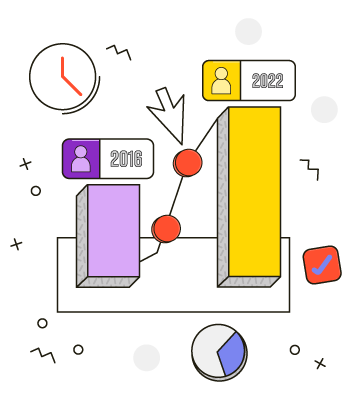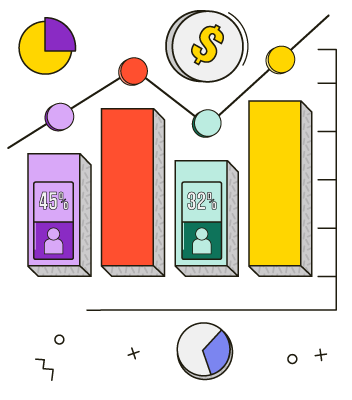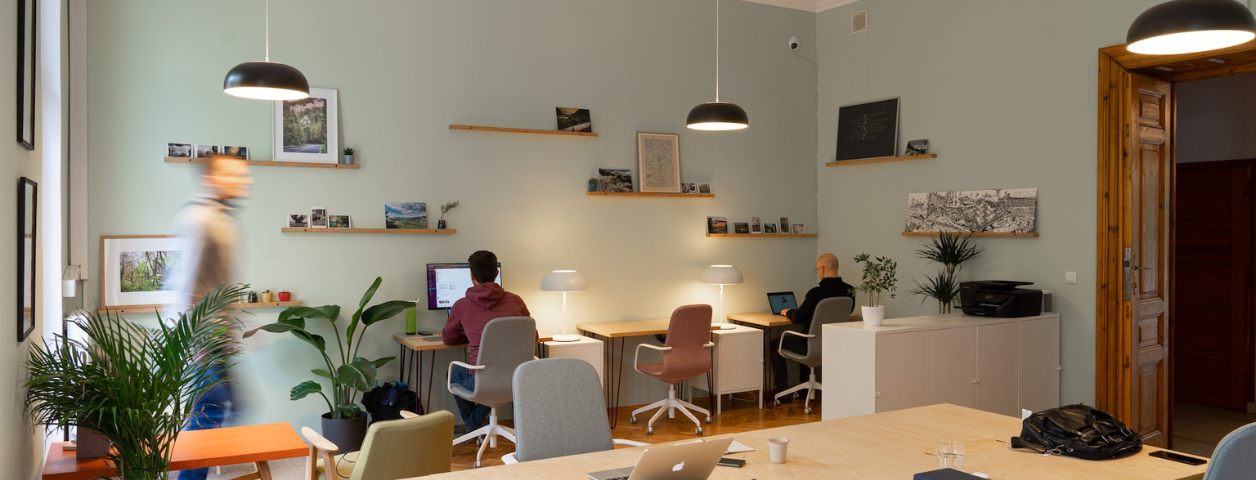Section 1
How does the type of plan affect the permanence of members?
The rates we offer appeal to different profiles with different needs. We analyse the performance of members in terms of permanence so that you can decide which rates to promote in your space. A high permanence rate optimises your recruitment efforts and allows for faster growth, given that new members do not have to compensate for a high turnover rate.
Key findings

How does the type of plan affect the permanence of members?
In terms of permanence we have two winning plans, two in the mid-range and one losing plan.
The office and virtual plans are at opposite ends of the product spectrum but have the longest tenure.
The Dedicated Desk and Part-time, although they seem to respond to different needs, in terms of permanence there is hardly more than 3 % difference between them.
The Hot desk is the plan with the lowest permanence and traditionally low cost. However, it can be very attractive for operators operating in common areas.
Evolution & user behaviour in the flexible workspace industry
Section 2
How does the type of plan affect the permanence of members?
Understanding your members' profiles and how this influences their retention is essential to maximise the return on your marketing investment and your team's efforts to engage them and keep them satisfied with the service.
We analyse the age of the users as well as whether they hire individually or as part of a larger team to see how these values impact their retention and you can adjust your recruitment strategy accordingly.
It is important that you analyse the individual data of your space as there are micro features such as the exact location or finishes that cannot be taken into account in such a study.
Key findings

How does the age of members affect their tenure?
There is a tendency to associate flexible workspace with a very young audience, but not only is this no longer the majority audience, it is also the least interesting for the operator: as the age of the members increases, so does their permanence. Although many venues have made various attempts to attract members between 16 and 24 years of age, it can be argued that it is appropriate to focus on other age groups as they offer a very low return in terms of permanence.
How does tenure compare between freelancers and teams?
Globally, the myth of longer team tenure can be disproved. However, at the regional level, there are significant differences, so it is important to be aware of your context when making decisions.
In the Part-time, Dedicated Desk and Hot Desk plans, team members will offer you between 10% and 16% more permanence.
In the Virtual and Office plans, however, individual members are those who will show a slightly higher permanence although it does not reach 4%.

